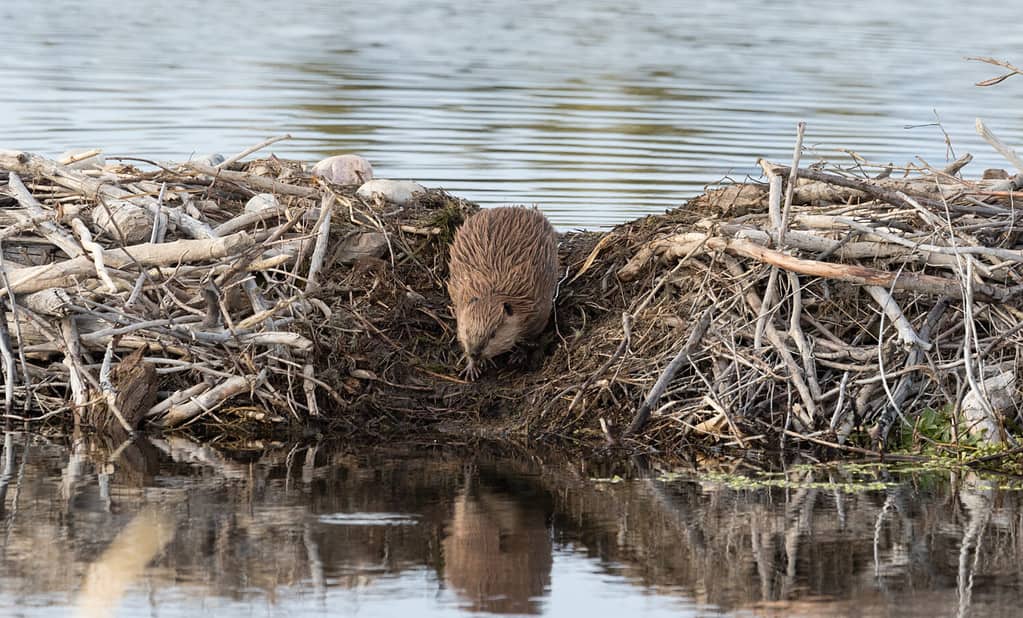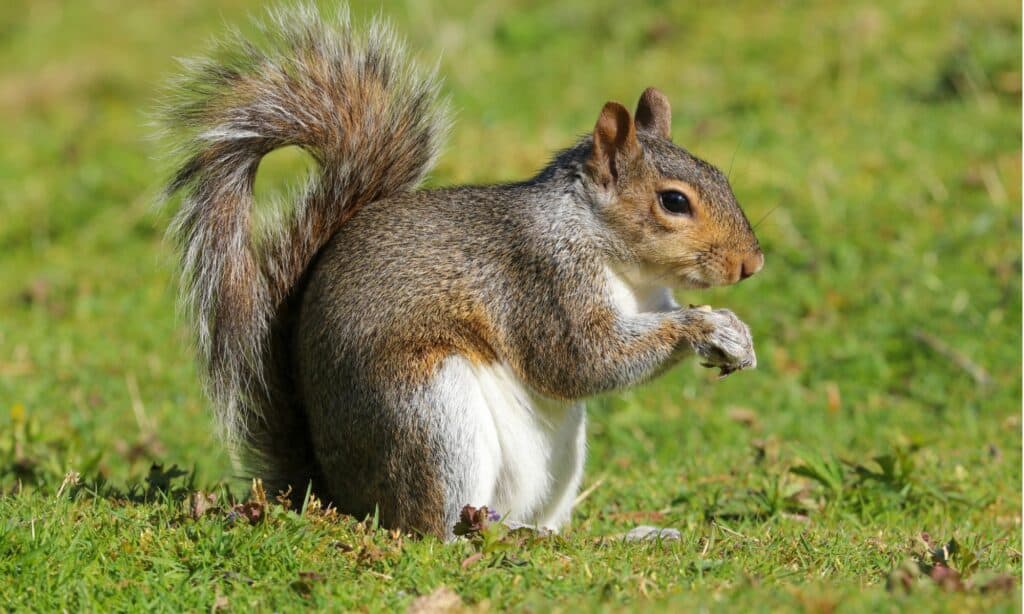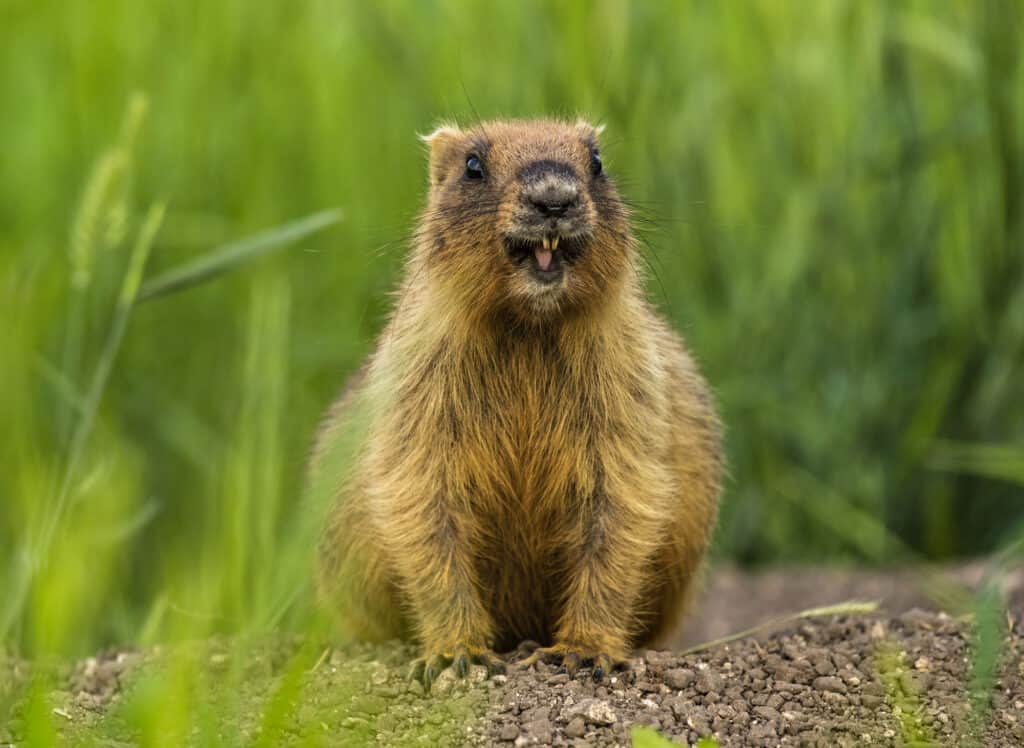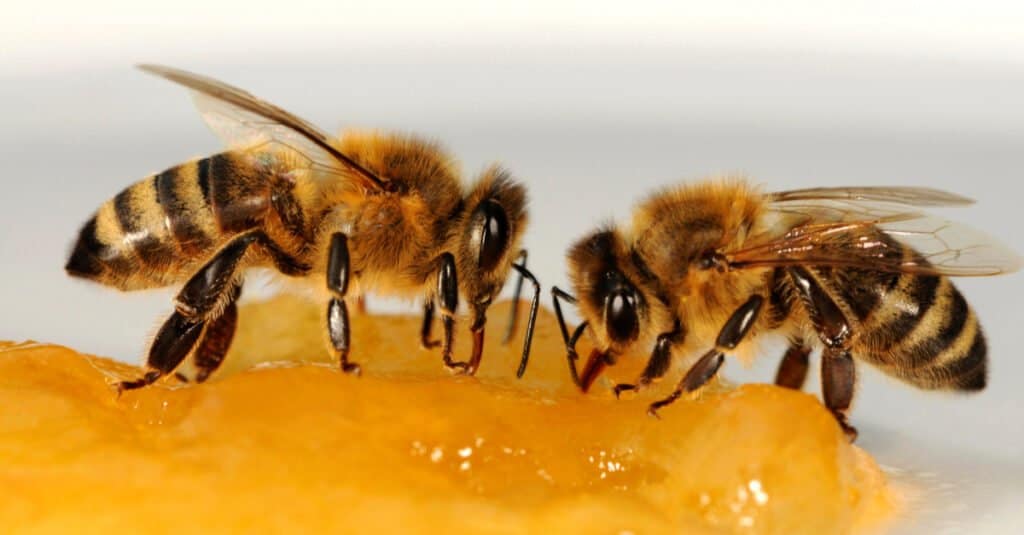Animals and their homes are commonly thought of together. Species of all kinds congregate in one place—a habitat. Within its habitat, a particular animal species builds a home to provide a safe haven for itself and its offspring from environmental hazards and predators. Animals’ homes are given various names, such as tree, den, cave, web, hive, reef, burrow, hole, kennel, pond, nest, etc. Homes serve the same functions for animals as they do for people. A home for an animal may be plain to view, or it may be camouflaged for concealment.
Some animals are expert builders, while others have to rely on the shelters created by others. Some animals just choose to construct their homes in preexisting features like caverns or tree hollows. Certain animals literally transport their houses on their backs. Animals may construct shelters out of a variety of materials, including sticks, dirt, leaves, cotton, and grass. Animals’ housing methods, such as burrowing, spinning, building, and borrowing, are as diverse as the animals themselves.
In this article, we are going to explore five animals and their homes. Let’s go!
1. North American Beaver

Beavers build dams to create pools of water for lodging and protection.
©Ronnie Howard/Shutterstock.com
Beavers, one of the top animals and their homes studied in this post, are skilled engineers who can design and construct elaborate dams along rivers without the aid of a crane or a hard hat. These dams are erected as a defense mechanism against wild animals like wolves and bears. However, beavers don’t reside inside the dam; they just use it to make a swimming pool.
Beavers construct dams in order to create a secure pond in which to establish their lodge. Beavers are excellent swimmers, thus their lodges typically have an underwater entrance and are constructed of twigs, sticks, boulders, and mud.
A tiny protective island or dome ‘lodge’, which provides a dry living area and food storage, is built in this pool. These ponds are deep enough to keep out land animals, and they also provide a way for beavers to get access to their lodge.
2. Eastern Gray Squirrel

Eastern Gray Squirrels build their homes in branches or hollow tree trunks.
©iStock.com/Helen Davies
Animals and their homes include the Eastern Gray Squirrel. Squirrels come in a startling diversity of varieties, and where they live depends on the species and region. Eastern Gray Squirrels (Sciurus carolinensis) are tree squirrels native to the eastern and Midwestern US and eastern Canada. This squirrel is adaptable and thrives in rural areas and busy places like Manhattan and Boston.
Eastern Gray Squirrels prefer oak-hickory over coniferous woodlands. These squirrels build dens in tree branches or hollow trunks. Moss, thistle, dried grass, and feathers line these dens. They even raid abandoned bird nests. After building the insulated den, a cover is added to prevent heat loss and protect the squirrel and its young from predators.
In modernized rural or urban areas, Eastern Gray Squirrels can readily wander from tree to tree and have more food options. Squirrels’ contortions to get food astonish bird feeder owners. It can spin its rear paws, descend trunks head-first, and balance while grabbing seeds.
3. The Groundhog

Groundhogs live in underground burrowing systems.
©toha90/Shutterstock.com
Next on the list of animals and their homes is the groundhog. The range of the groundhog extends from the northeastern and central United States to the far northern regions of Canada and Alaska. Because they are not nocturnal, groundhogs spend the night in underground burrows. When the weather is warm in early spring, groundhogs are at their most active. During the hotter spring and summer months, however, they spend the day hiding in their burrows to stay cool, and they only come out to eat at dawn and twilight.
In their elaborate tunnel networks, these creatures sleep, feed their young, and care for their young. Their homes can shield them from both dangerous animals and the elements. The tunnels dug out by groundhogs can reach a total length of up to 65 feet and feature multiple chambers. The groundhog’s muscular, short front legs are equipped with strong claws that it uses to remove soil and pebbles while it digs a burrow. Since groundhogs excavate their burrows from below ground, they can have as many as four separate entrances, none of which will leave any visible traces of soil disturbance.
There are some underappreciated benefits to tolerating some portions of the property that are riddled with burrows, despite the fact that some people lament having groundhogs as neighbors because of the ankle-turning danger of these hidden tunnels. During the harshest parts of winter, groundhogs’ upper chambers provide refuge for other animals while the burrow’s owner hibernates in a grass-lined room a few feet below. Rabbits, especially cottontails, are well-known squatters.
4. The Honey Bee

Honey bees live in intricate hive systems made out of wax combs.
©schubbel/Shutterstock.com
Honey bees can be spotted all throughout the world, from Europe to the United States and everywhere in between. You wouldn’t believe it, but harvestable quantities of honey are only produced by honey bees and stingless bees.
Hives are the homes of honey bees. The wax comb is the primary building in the colony. The honey and the developing bees’ nest are both kept in the comb. It is constructed with cells or chambers of white wax that have six sides. The functions of the cells determine their sizes. Male drones are raised in larger chambers, while worker females are raised in smaller ones. Queen suites are the largest available.
Beeswax, produced by the abdomen glands of worker bees, is used to construct the comb. Tiny flakes of wax are released and eaten into shape to create cells. Bees use a sticky substance called propolis, which they create from plant and tree resin, to build structures within and outside the hive.
While it’s true that wild honey bees prefer enclosed nesting sites like holes in trees, they have also been observed building combs on strong tree branches and even under rocks. Beautiful aesthetics can result from the intricate honeycombs that the bees build and leave exposed. It’s important to learn about animals and their homes, especially animals like the honey bee which helps humans in many aspects of life.
5. Ruby Throated Hummingbird

Male Ruby-throated Hummingbirds live on twigs and build tiny, expandable nests for their chicks.
©Steve Byland/Shutterstock.com
The Ruby-throated hummingbird is a type of hummingbird that spends the colder months of the year in Central America, Mexico, and Florida, and then migrates north to reproduce during the warmer months of the year. The Ruby-throated Hummingbird is North America’s most common hummingbird east of the Mississippi River.
It’s not uncommon for hummingbirds to spend the night perched on a twig out of the wind. In deciduous trees including oak, birch, hornbeam, poplar, hackberry, and sometimes pine, females construct their nests on a thin, typically declining branch. The typical height of a nest is between 10 and 40 feet. Wire, loops of chains, and extension cords have also been spotted as nesting material. Hummingbirds, unlike many other common backyard birds, do not use birdhouses as nesting sites. However, they will gladly feed at a hummingbird feeder.
Typically, the nest of the Ruby-throated Hummingbird is made of spider silk and plant fibers. Silk is crucial because it permits the nest to enlarge with the developing chicks. The female finishes the nest by covering it with plant materials such as lichen to hide its presence. It takes around 6-10 days to complete the nest, which is roughly two inches in diameter and one inch in depth.
In Conclusion
There are over 7.5 million animal species in the world, each with its own habitats and homes. While this article only explored the homes of five different animals, hopefully, it intrigued you enough to explore even more! The sky is literally the limit when it comes to different animal homes, with ingenuity and creativity abounding in their construction. So, next time you are exploring the beautiful outdoors, see if you can spot one of these unique animal homes, from a safe distance of course!
The photo featured at the top of this post is © iStock.com/webmink
Thank you for reading! Have some feedback for us? Contact the AZ Animals editorial team.






